

Articles
What Is A Dado In Woodworking
Modified: October 28, 2024
Discover what a dado is in woodworking with informative articles that explain the purpose and usage of this essential technique.
(Many of the links in this article redirect to a specific reviewed product. Your purchase of these products through affiliate links helps to generate commission for Storables.com, at no extra cost. Learn more)
Introduction
In the world of woodworking, there are various techniques and methods that craftsmen use to create beautiful and functional pieces. One such technique is the use of dados. Dados are an essential aspect of woodworking and play a crucial role in enhancing the structural integrity and aesthetic appeal of a finished piece.
A dado, also known as a housing or trench, is a groove or slot cut into a piece of wood to hold another piece of wood securely. This technique is commonly used to join parts together, create shelves, or add decorative elements to furniture, cabinets, and other woodworking projects.
Understanding the concept of dados and learning how to create them properly is vital for any aspiring woodworker. In this article, we will delve deeper into the world of dados, exploring their types, importance, tools required, creation process, tips and techniques, common mistakes, and even provide examples of projects showcasing the versatility of this woodworking technique.
So, whether you’re a woodworking enthusiast looking to sharpen your skills or a beginner just starting to explore the world of woodworking, join us on this journey as we unveil the secrets of dados in woodworking.
Key Takeaways:
- Dados are essential in woodworking, providing strength, stability, and flexibility. Understanding their types, importance, and precise creation process is crucial for crafting durable and visually appealing projects.
- Incorporating dados into woodworking projects enhances alignment, durability, and aesthetic appeal. By mastering dado creation and avoiding common mistakes, woodworkers can elevate the quality and craftsmanship of their creations.
Read more: How To Cut A Dado Joint With Hand Tools
Definition of Dado
A dado, in woodworking terms, refers to a groove or channel cut across the grain of a piece of wood. This groove is designed to accommodate another piece of wood, allowing for a secure and snug fit. Dados can be cut at different depths and widths, depending on the specific application.
Dados are commonly used to join two pieces of wood together, creating a strong and durable connection. They can also be used to house shelves, dividers, and panels within cabinets, bookcases, or other furniture pieces. Additionally, dados can be purely decorative, adding visual interest and uniqueness to a woodworking project.
The width and depth of a dado can vary depending on the thickness and size of the material being used. Typically, the width of a dado is equal to the thickness of the mating piece, ensuring a flush and seamless connection. However, this can be adjusted for aesthetic purposes or to accommodate different material thicknesses.
It’s important to note that there are different types of dados, each with its own specific purpose and application. Some common types include through dados, stopped dados, and rabbet dados. Understanding these variations and when to use them is crucial for successful woodworking projects.
Now that we have a clear definition of what a dado is, let’s explore the various types of dados in more detail.
Types of Dados
When it comes to woodworking, there are several types of dados that can be utilized depending on the specific needs of a project. Each type of dado offers unique advantages and is suitable for different applications. Let’s take a closer look at some common types of dados:
- Through Dados: A through dado is a type of groove that extends completely across the workpiece from one edge to another. This type of dado is often used to join two pieces of wood together, forming a seamless and strong connection. Through dados are commonly used in construction, cabinetry, and furniture-making.
- Stopped Dados: Stopped dados are similar to through dados, but they have a defined endpoint. The groove does not extend all the way to the end of the workpiece, leaving a stop or shoulder. This type of dado is frequently used to accommodate shelves or dividers within a cabinet or bookcase, providing a clean and organized look.
- Rabbet Dados: A rabbet dado, also known as a rabbet groove, combines the characteristics of a rabbet joint and a dado joint. It involves cutting a groove along the edge of a workpiece and then cutting a corresponding rabbet on the mating piece to create a strong and flush connection. Rabbet dados are commonly used in cabinet making and box construction.
- Matching Dados: A matching dado is a groove cut into two separate workpieces that are designed to fit together perfectly. This type of dado is often used to create a secure and seamless joint in applications such as drawer construction or box making. Matching dados require precision and careful measurements to ensure a proper fit between the two mating pieces.
- V-Groove: A V-groove dado is a groove that is cut in the shape of a V, creating a decorative effect. This type of dado is commonly used for aesthetic purposes and can add a touch of elegance to woodworking projects, such as paneling or door frames.
These are just a few examples of the types of dados commonly used in woodworking. The choice of which dado to use depends on the specific requirements of the project, the desired aesthetic, and the strength required for the joint. Understanding the different types of dados allows woodworkers to select the most appropriate option for their needs, ensuring the success and longevity of their projects.
Importance of Dados in Woodworking
Dados play a crucial role in the field of woodworking, serving both functional and aesthetic purposes. Understanding the importance of dados can greatly enhance the quality and craftsmanship of woodworking projects. Let’s explore why dados are essential:
- Strength and Stability: One of the primary reasons for using dados is to create strong and stable joints. By fitting one piece of wood securely into a groove or channel cut into another piece, the joint becomes more secure and resistant to movement or separation. This added strength and stability are particularly important in applications such as furniture construction, cabinetmaking, or any project that requires structural integrity.
- Improved Alignment: Dados can help ensure precise alignment and positioning of components within a woodworking project. For example, when assembling a cabinet, using dados to house shelves or dividers can ensure that they are perfectly positioned and level. This not only enhances the overall appearance of the project but also improves its functionality by providing a neat and organized storage solution.
- Enhanced Durability: By creating well-fitted dados, woodworking projects can have increased durability and longevity. The interlocking nature of the joint helps distribute weight and stress evenly, reducing the risk of joints loosening or components coming apart over time. This is particularly important for items that may experience frequent use or heavy loads, such as bookcases or kitchen cabinets.
- Flexibility and Adaptability: Dados offer flexibility in terms of design and construction. They allow for the easy insertion and removal of components, such as shelves or panels. This adaptability makes it possible to customize and modify woodworking projects as needed, accommodating changes in functionality or design preferences. Dados also provide the opportunity to add decorative elements and personal touches to a piece, further enhancing its aesthetic appeal.
- Clean and Professional Look: When executed properly, dados create clean, seamless joints that give woodworking projects a polished and professional look. The absence of visible fasteners or connectors adds to the overall aesthetic appeal of the piece. This clean look is highly desirable for creating visually appealing furniture or cabinetry that can elevate the ambiance of any space.
Overall, the importance of dados in woodworking cannot be overstated. They provide strength, stability, alignment, durability, and flexibility, all while enhancing the visual appeal of the finished piece. By mastering the art of creating and utilizing dados, woodworkers can elevate their skills and create outstanding, high-quality projects that stand the test of time.
Tools Required for Creating Dados
Creating dados in woodworking requires a few essential tools to ensure accurate and precise cuts. While the specific tools needed may vary depending on the desired depth, width, and type of dado, here are some common tools you’ll find useful:
- Table Saw: A table saw is a fundamental tool for woodworking, and it is commonly used to create dados. With an adjustable blade height and a fence to guide the workpiece, a table saw allows for precise and consistent cuts.
- Dado Blade Set: A dado blade set is specifically designed for creating dados. It includes multiple blades that can be stacked together to increase the width of the cut. These blades are typically wider than standard saw blades and have chippers, which are used to remove excess material between the blades.
- Rout
When cutting a dado in woodworking, make sure to use a dado blade on a table saw for a precise and clean cut. Set the blade height and width according to the dimensions of the dado needed for your project. Always practice safety measures when using power tools.
Read more: What Is Woodworking
Steps to Create a Dado
Creating a dado involves a series of steps to ensure accuracy and precision. Here is a general outline of the process:
1. Measurements and Marking: Begin by carefully measuring and marking the location of the dado on the workpiece. Use a tape measure and marking tools to indicate the width, depth, and length of the dado.
2. Setup the Tools: Set up your tools based on the type of dado you are creating. For a table saw, adjust the blade height and position the fence according to the desired width of the dado. If you are using a router, install an appropriate straight-cutting bit and adjust the depth.
3. Safety Precautions: Always prioritize safety. Wear personal protective equipment, such as safety goggles and ear protection. Ensure that the workpiece is securely clamped or held in place to prevent any movement while cutting.
4. Test Cuts: Before proceeding with the final cut, it is essential to make test cuts on scrap wood to ensure that the dado will fit the mating piece correctly. This allows you to make any necessary adjustments to the setup or technique.
5. Making the Cut: With the tools properly set up and the test cuts completed, it’s time to make the final cut. Feed the workpiece steadily through the table saw or guide the router along the marked lines, ensuring a smooth and controlled movement. Take your time and maintain a consistent speed to achieve clean and precise cuts.
6. Multiple Passes (if necessary): If you are creating a wide dado or using a standard blade on a table saw, you may need to make multiple passes to achieve the desired width. Adjust the fence or blade position accordingly and repeat the process until the full width of the dado is achieved.
7. Cleanup and Finishing: After creating the dado, remove any excess sawdust or debris from the cut. Sand or chisel any rough edges to ensure a clean and professional finish. Test-fit the mating piece to ensure a proper fit, making any adjustments if necessary.
Remember to adhere to safety guidelines when working with power tools and always follow the manufacturer’s instructions for the specific tools you are using.
These steps outline a general procedure for creating dados, but the exact process may vary depending on the specific woodworking project and the tools being used. Practice, patience, and attention to detail will ultimately lead to excellent results.
Tips and Techniques for Working with Dados
Working with dados in woodworking requires precision and attention to detail. Here are some useful tips and techniques to ensure successful dado creation:
1. Accurate Measurements: Take accurate measurements and mark the location of the dado carefully. Use a measuring tape, square, and marking tools to ensure precise placement, depth, and width. Double-check the measurements before making any cuts.
2. Start with Test Cuts: Before cutting the dado on the actual workpiece, it’s essential to make test cuts on scrap wood. This allows you to verify the setup, evaluate the fit of the mating piece, and make any necessary adjustments to the tools or technique.
3. Use a Dado Jig: Consider using a dado jig or sled to ensure consistent and controlled cuts. These jigs help guide the workpiece and maintain a steady feeding motion, resulting in straight and accurate dados.
4. Slow and Steady Feed: Maintain a steady and controlled feed rate while cutting the dado. Rushing the process can lead to inaccurate cuts or splintering of the wood. Take your time, and let the tools do the work.
5. Depth Control: When creating multiple passes or adjusting the depth of the dado, use a depth stop or set up a depth gauge to ensure consistency. This helps maintain uniformity throughout the cut and prevents accidentally going too deep.
6. Check Fit Regularly: Test-fit the mating piece into the dado as you progress with the cuts. This allows you to make any necessary adjustments to ensure a properly fitting joint. Aim for a snug fit that requires gentle pressure to insert the mating piece.
7. Clean and Sharp Tools: Keep your cutting tools clean and sharp. Dull blades or bits can lead to tear-out, chipping, or an overall poor finish. Regularly clean blades and bits, and sharpen or replace them as needed.
8. Clamp or Secure Workpiece: When working with larger or longer workpieces, use clamps or other securing methods to prevent movement during the cutting process. This ensures stability and accuracy in the cuts.
9. Practice Grain Orientation: Consider the grain orientation of the workpiece when creating dados. For solid wood, cutting across the grain typically yields cleaner cuts. For plywood or veneered surfaces, cutting with the grain can reduce tear-out.
10. Finishing Touches: After creating the dado, use a chisel or sandpaper to clean up any rough edges or splinters. This contributes to a clean and professional look, and ensures a smooth mating surface for the connecting piece.
Remember to prioritize safety. Wear appropriate safety gear, such as safety goggles and ear protection, and follow all safety guidelines provided by the tool manufacturer.
By implementing these tips and techniques, you can enhance your dado woodworking skills and achieve precise and professional results in your projects.
Common Mistakes in Dado Woodworking
When working with dados in woodworking, it’s important to be aware of potential pitfalls that can compromise the quality and functionality of your projects. Here are some common mistakes to avoid:
1. Inaccurate Measurements: Failing to measure accurately or not double-checking measurements can result in ill-fitting dados. Take the time to measure carefully and ensure that the dimensions are precise before making any cuts.
2. Poor Marking Techniques: Using inadequate or unclear marking techniques can lead to misaligned or uneven dados. Always use precise marking tools, such as a sharp pencil or marking knife, and ensure that the marks are visible and accurate.
3. Lack of Test Cuts: Skipping the step of making test cuts on scrap wood can be a costly mistake. Test cuts allow you to fine-tune your setup, assess the fit of the mating piece, and make necessary adjustments before committing to the final cuts on your workpiece.
4. Incorrect Blade or Bit Selection: Choosing the wrong dado blade or router bit can result in poor quality cuts. Ensure that you select the appropriate blade or bit for the desired dado width, and check that they are sharp and in good condition.
5. Rushing the Cutting Process: Working too quickly or applying excessive force while cutting can lead to inaccurate and sloppy dados. Take your time and make deliberate, controlled cuts to achieve clean and precise results.
6. Depth Inconsistencies: Failing to maintain consistent depth throughout the cut can result in uneven or misaligned dados. Use a depth stop or gauge to ensure uniform depth, especially when making multiple passes or adjusting the depth of the cut.
7. Lack of Clamping or Securing: Neglecting to secure the workpiece properly can lead to movement and instability during cutting. Always use clamps or other securing methods to prevent the piece from shifting, ensuring accuracy and safety.
8. Poor Grain Orientation: Not considering the grain orientation when cutting dados can result in tear-out or a rough finish. Be mindful of grain direction and adjust your cutting technique accordingly for cleaner, smoother cuts.
9. Neglecting to Clean Up Rough Edges: Failing to clean up rough edges or splinters after cutting the dados can affect the overall quality and appearance of your project. Use a chisel or sandpaper to smooth the edges and create a clean, finished look.
10. Ignoring Safety Precautions: Neglecting safety precautions can result in accidents or injuries. Always wear appropriate safety gear, such as safety goggles and ear protection, and follow safety guidelines provided by the tool manufacturer.
By being aware of these common mistakes and taking the necessary precautions, you can avoid potential issues and achieve precise and well-crafted dados in your woodworking projects.
Examples of Projects Using Dados
Dados are a versatile woodworking technique that can be utilized in various projects. Here are some examples of woodworking projects where dados play a significant role:
1. Bookcases and Shelves: Bookcases often incorporate dados to hold the shelves securely in place. By cutting dados on the sides of the bookcase and the shelves themselves, you can create a sturdy and visually appealing storage solution. Dados also allow for easy adjustment or removal of shelves when needed.
2. Cabinetry and Drawers: Dados are commonly employed in cabinet construction and drawer building. They provide a reliable method for joining sides, bottoms, and dividers, ensuring the structural integrity of the piece. Dados also allow for smooth and seamless sliding of drawers, enhancing functionality.
3. Picture Frames: Picture frames can be enhanced by incorporating dados to hold the glass, photo, and backing board securely in place. Dados provide a neat and secure method for assembling the various components, resulting in a professional and polished finished product.
4. Box Joints: Dados are often used in box joints, also known as finger joints, to create strong and visually appealing corner connections. By cutting interlocking dados on the ends of the box pieces, you can achieve a precise and snug fit, eliminating the need for additional fasteners.
5. Paneling and Decorative Accents: Dados can be utilized to add decorative elements and visual interest to woodworking projects. They can be used to create decorative paneling on walls, doors, or furniture components. By carefully cutting dados at varying depths and angles, you can achieve beautiful and intricate designs.
6. Mitered Joints: Dados can be combined with mitered joints to create a stronger and more visually appealing joint. By cutting dados on the mitered ends of the pieces to be joined, you can provide additional surface area for glue, enhancing the bond and overall strength of the joint.
7. Joinery in Chair and Table Making: Dados play a crucial role in the joinery of chairs and tables, providing stability and strength. They can be used to join table legs to the aprons or connecting the backrest to the seat of a chair. Dados ensure a secure and durable connection, which is essential in furniture construction.
These are just a few examples of the wide range of woodworking projects where dados can be effectively employed. By incorporating dados into your projects, you can enhance both the structural integrity and aesthetic appeal of your woodworking creations.
Read more: What Is A Planer In Woodworking
Conclusion
In the world of woodworking, understanding and utilizing dados is essential for creating strong, functional, and visually appealing projects. Dados allow woodworkers to join pieces securely, provide stability, enhance alignment, and add decorative elements to their creations. By mastering the art of creating dados, woodworkers can take their skills to new heights and achieve outstanding results.
Throughout this article, we have explored the definition of dados, the various types of dados, their importance in woodworking, the tools required, the steps involved in creating dados, tips and techniques for working with dados, common mistakes to avoid, and examples of projects where dados are commonly used.
We have learned that accurate measurements, precise marking, test cuts, and proper tool selection are crucial for successfully creating dados. Taking the time to understand the intricacies of grain orientation and following safety precautions are also imperative. Additionally, we have seen how dados are widely used in projects such as bookcases, cabinetry, picture frames, decorative paneling, and furniture joinery, showcasing their versatility and significance in woodworking.
As you continue your woodworking journey, embrace the artistry and craftsmanship that dados bring to your projects. Practice patience, attention to detail, and continuous improvement in your dado woodworking skills. By incorporating dados effectively, you will elevate the quality, strength, and visual appeal of your woodworking projects.
Remember to experiment, innovate, and push the boundaries of what you can achieve with dados. As you gain experience and confidence, you will find more creative ways to incorporate dados into your designs, making your woodworking projects truly unique and captivating.
So, bring your woodworking projects to life with dados, and enjoy the satisfaction of creating beautiful, functional, and enduring pieces that showcase your skills as a woodworker. Let the dados be the seamless connection that elevates your craftsmanship and leaves a lasting impression.
Frequently Asked Questions about What Is A Dado In Woodworking
How is a dado different from a groove in woodworking?A dado is a square-walled channel cut across the grain of the wood, while a groove is a similar channel but cut with the grain. Dados are commonly used for joining shelves to a cabinet side, while grooves are often used for holding panels in place.What tools are commonly used to create a dado?Dados can be made using a variety of tools, including a table saw with a dado blade, a router with a straight bit and guide, or a dado stack on a radial arm saw. Each tool has its own advantages and can produce clean, precise dado cuts.Can a dado joint be as strong as other woodworking joints?Yes, dado joints are known for their strength and durability. When properly fitted and glued, dado joints can provide a strong connection between two pieces of wood, making them ideal for constructing cabinets, bookshelves, and other furniture.What are some common applications of dado joints in woodworking?Dado joints are commonly used in cabinetry and furniture making. They are often used to join shelves to the sides of cabinets, create strong drawer dividers, or construct bookcase frameworks. Dado joints provide stability and support in these applications.Are there different types of dado joints?Yes, there are several variations of dado joints, including through dado, stopped dado, and rabbet dado. Each type has its own specific use and can be employed based on the requirements of the woodworking project.
Was this page helpful?
At Storables.com, we guarantee accurate and reliable information. Our content, validated by Expert Board Contributors, is crafted following stringent Editorial Policies. We're committed to providing you with well-researched, expert-backed insights for all your informational needs.
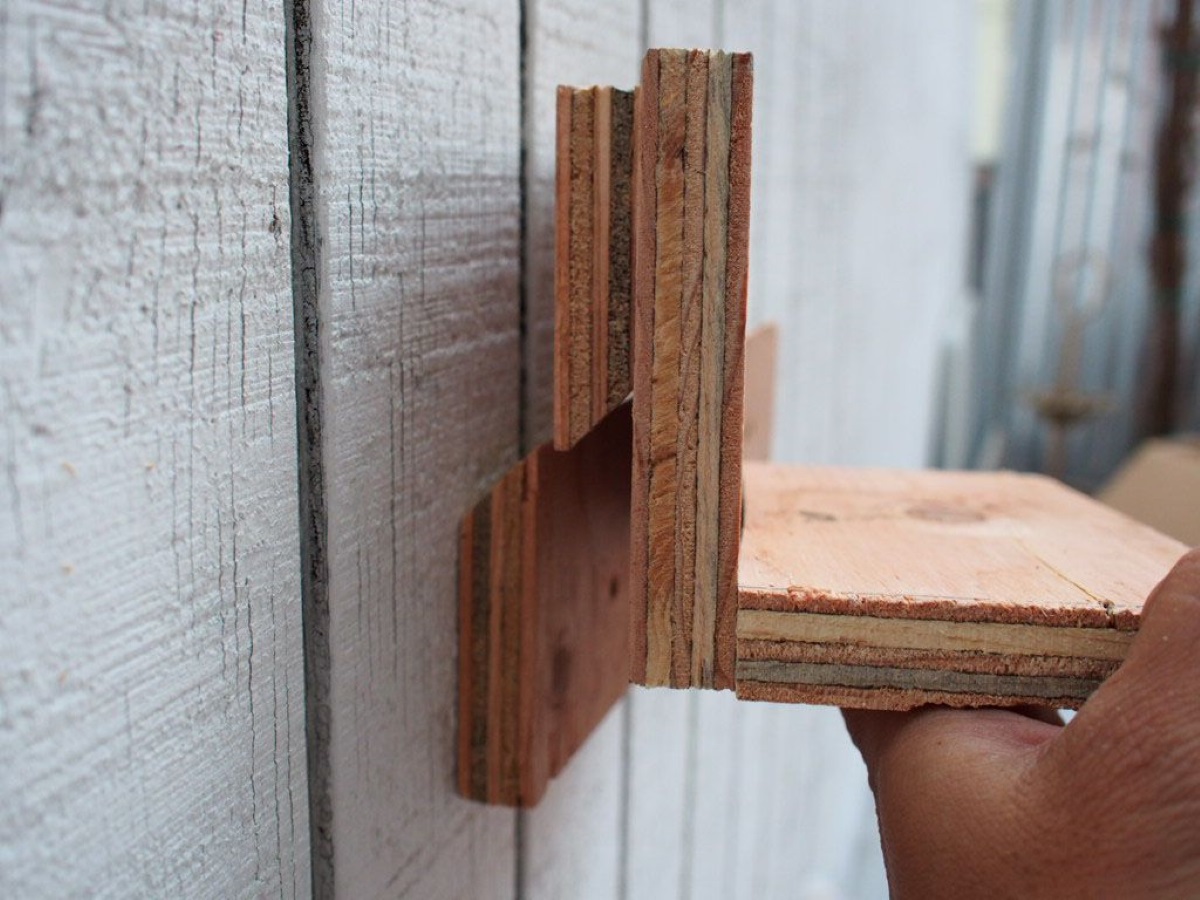
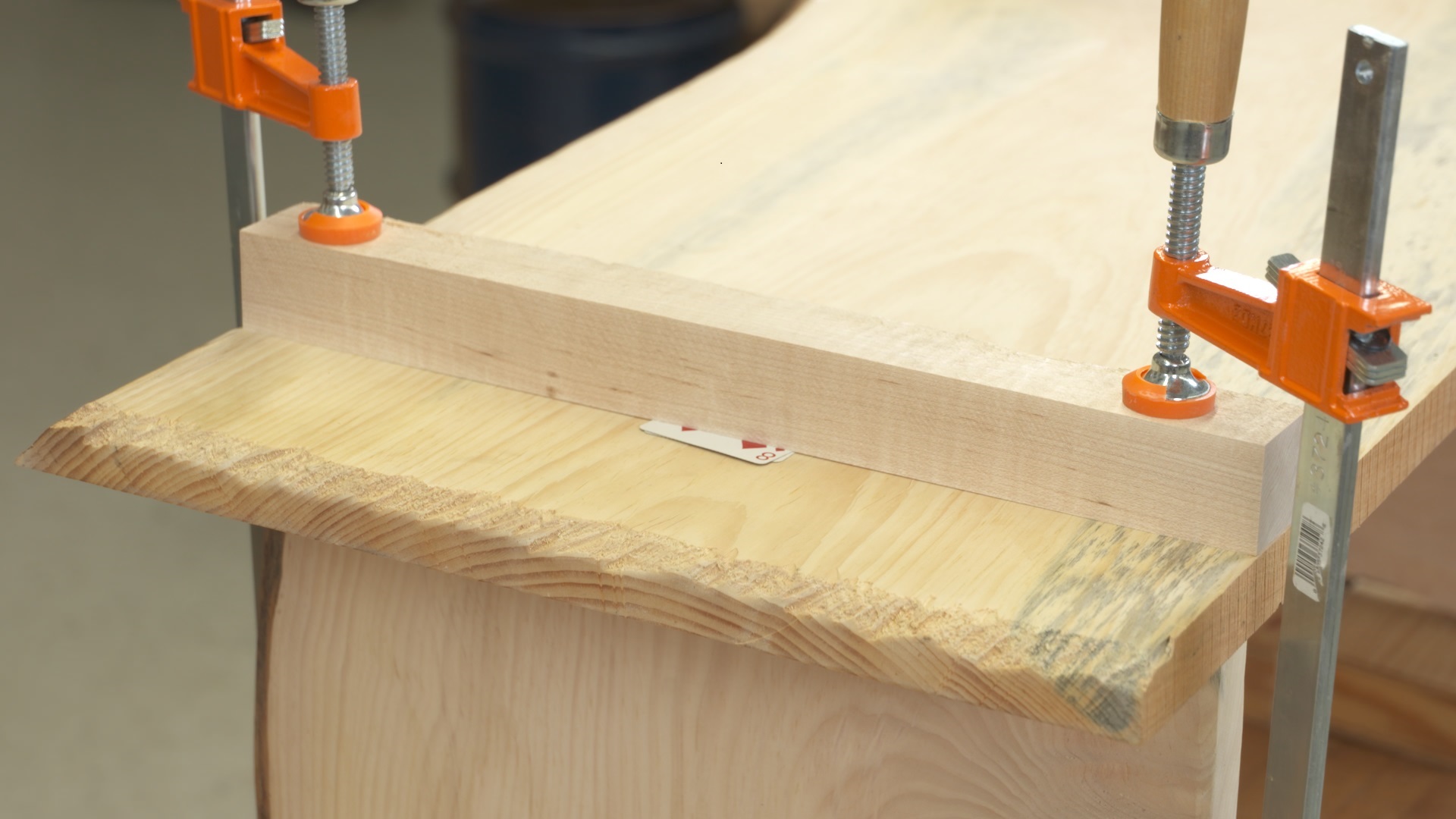
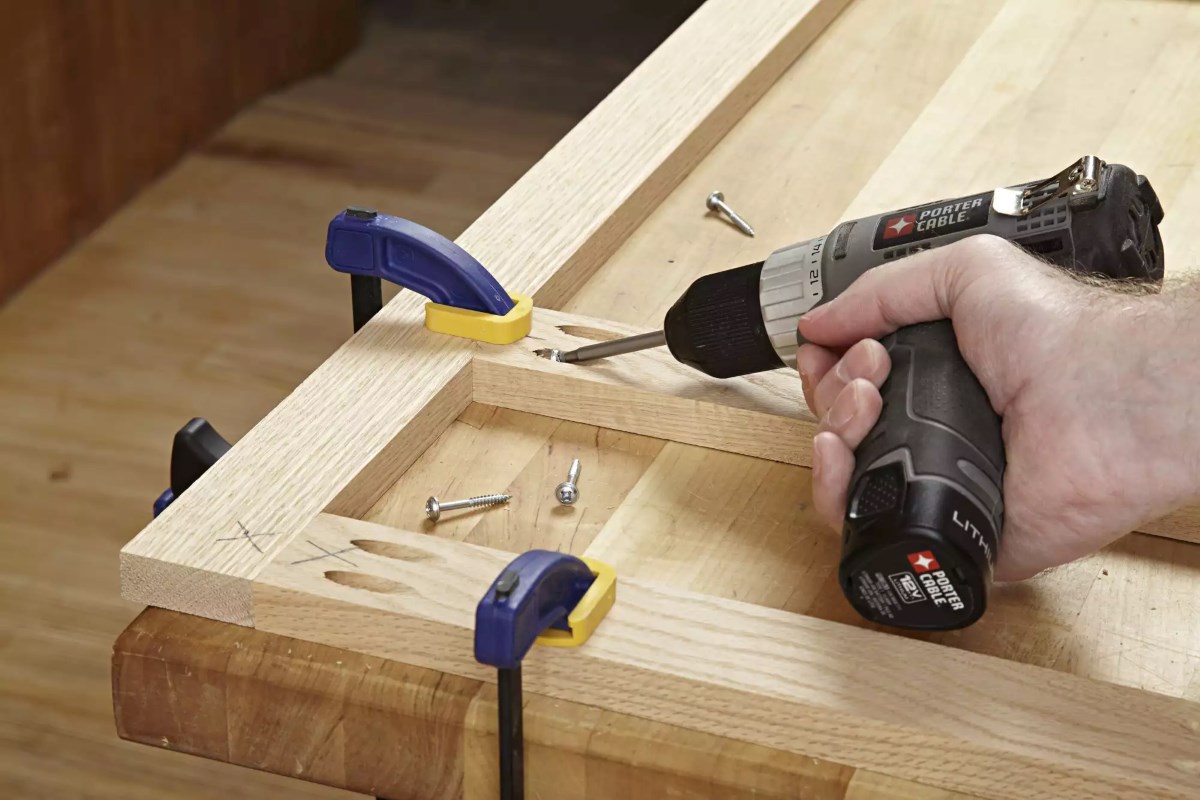
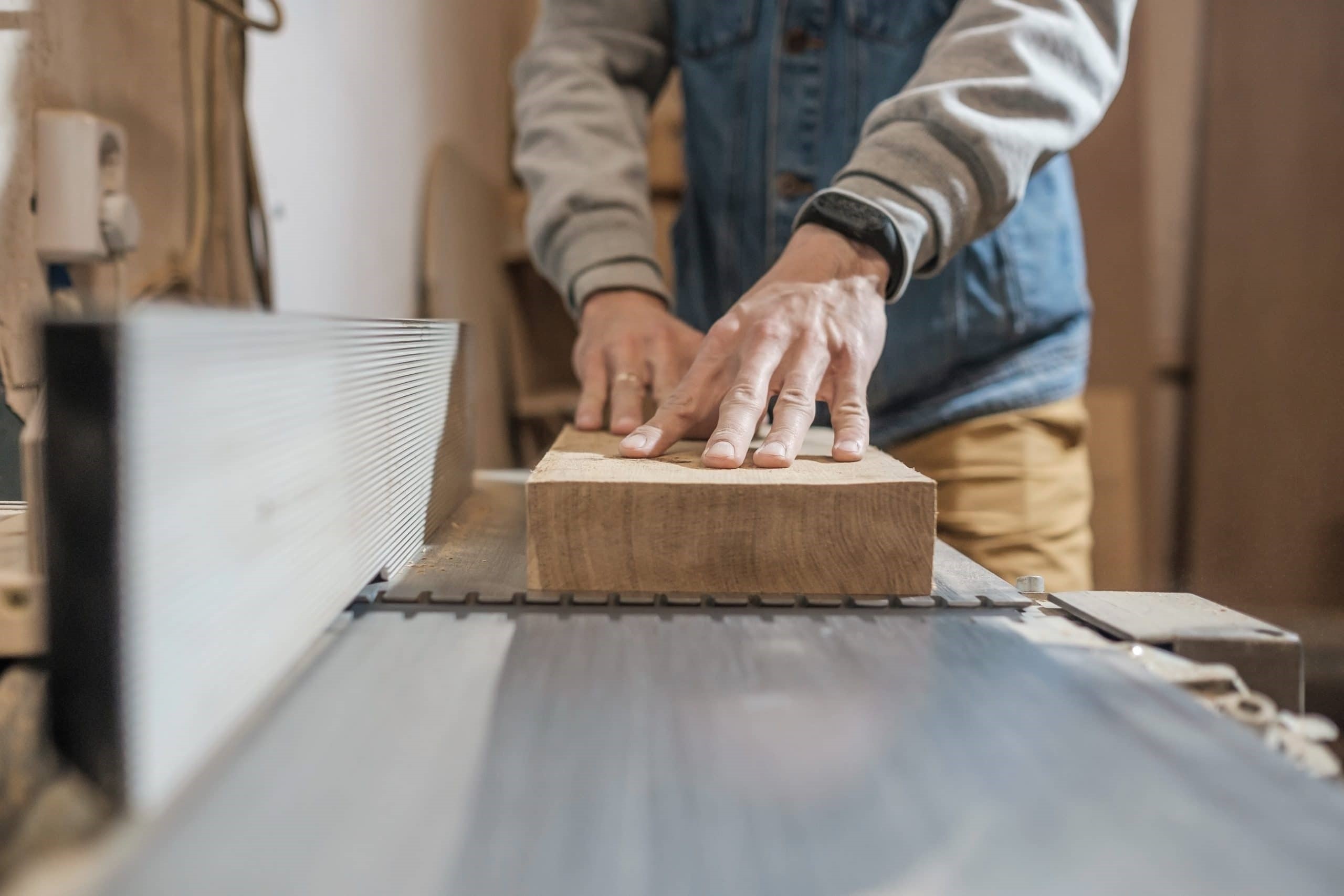
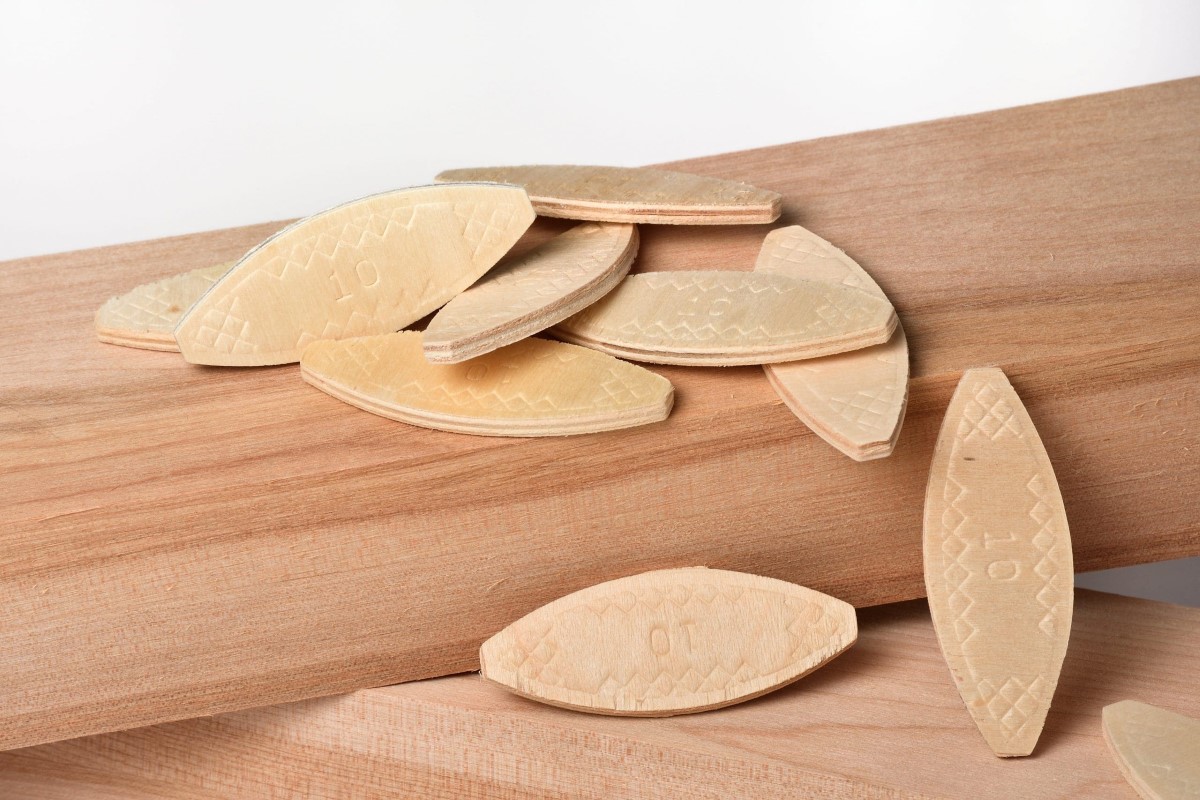
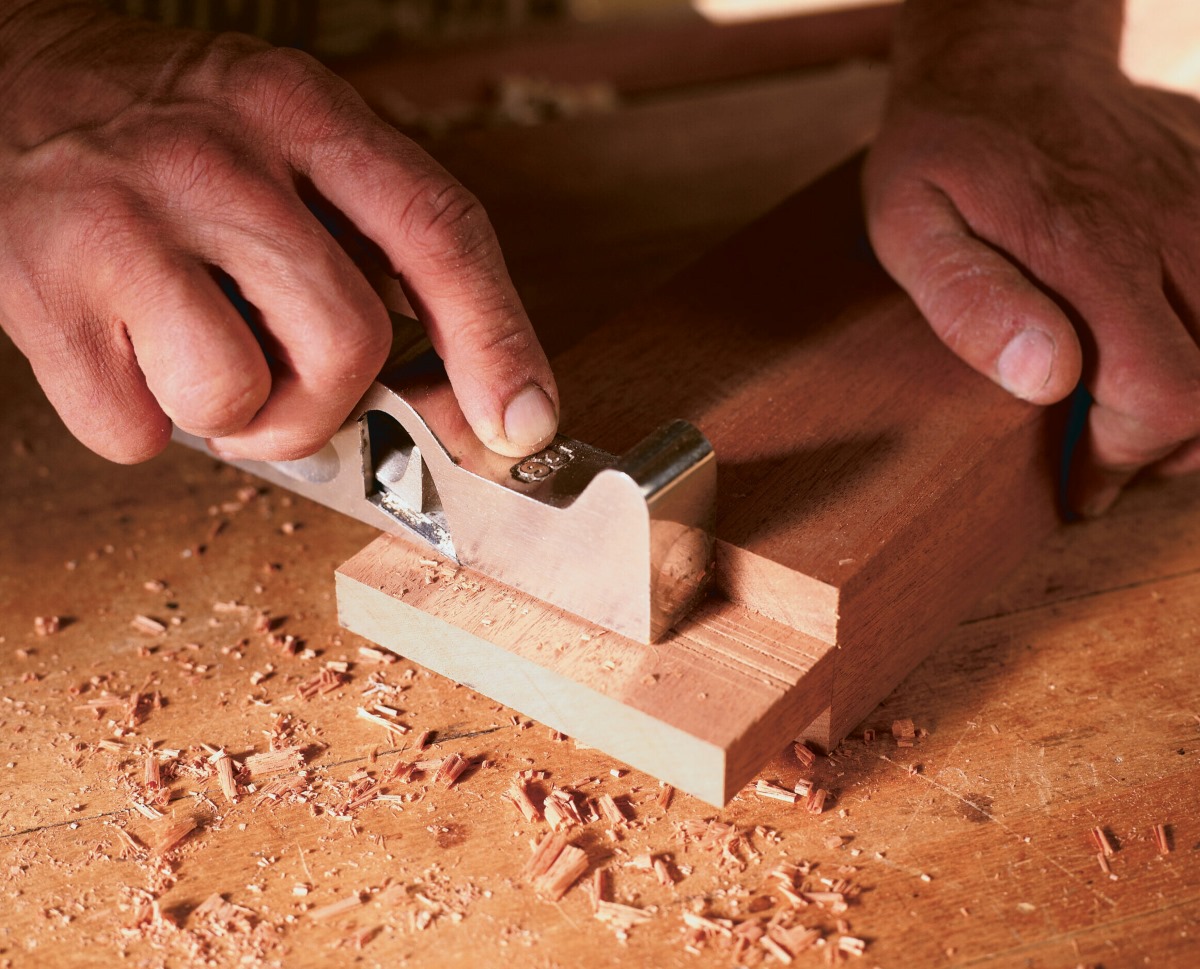
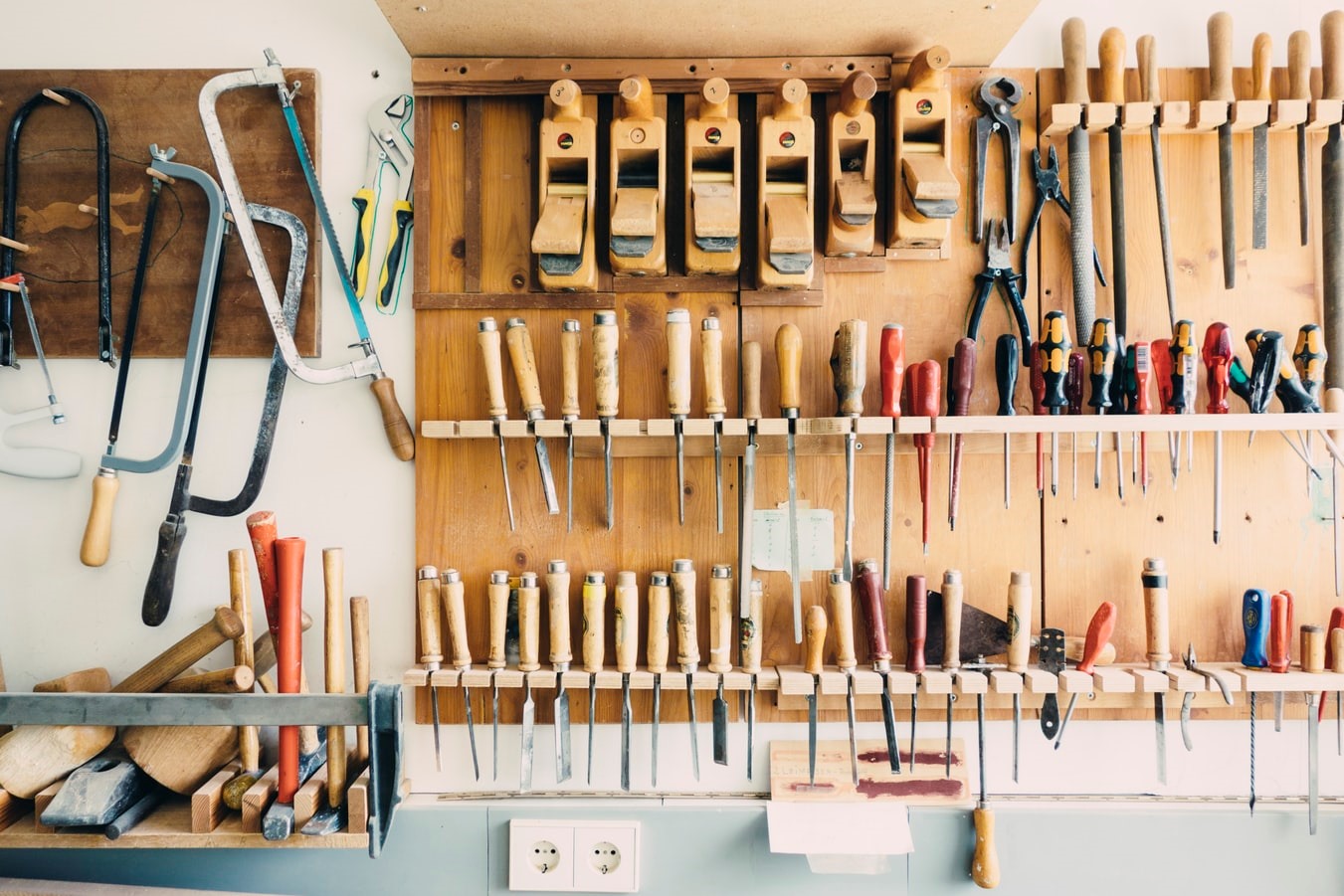
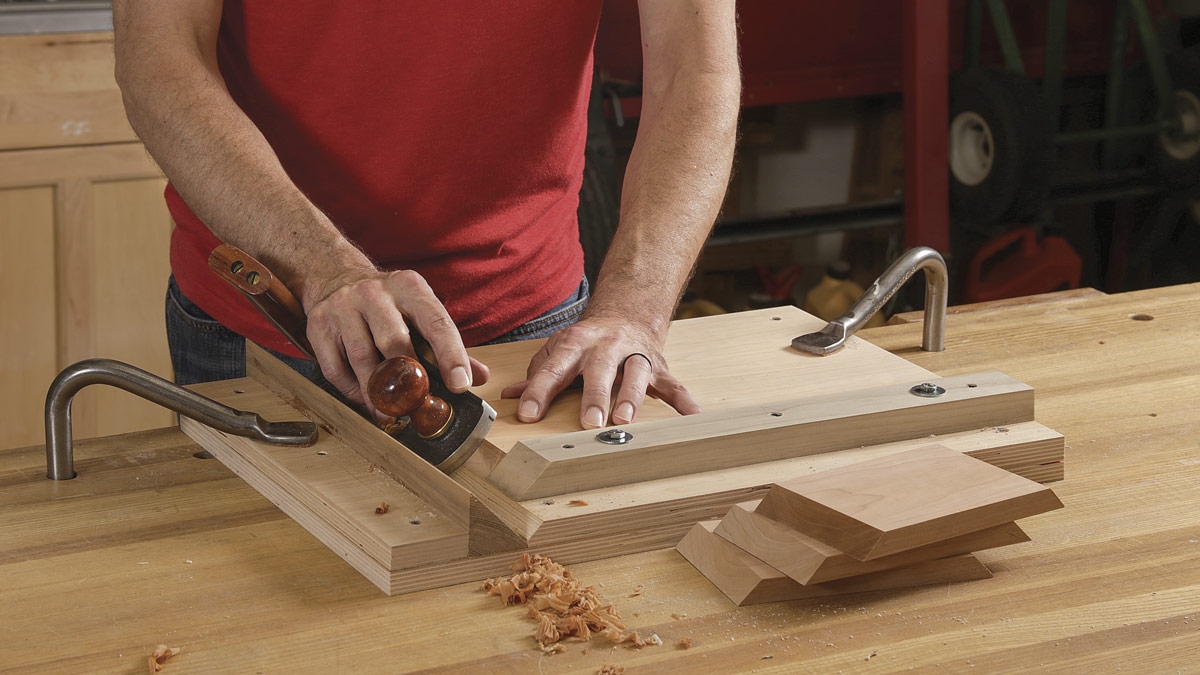
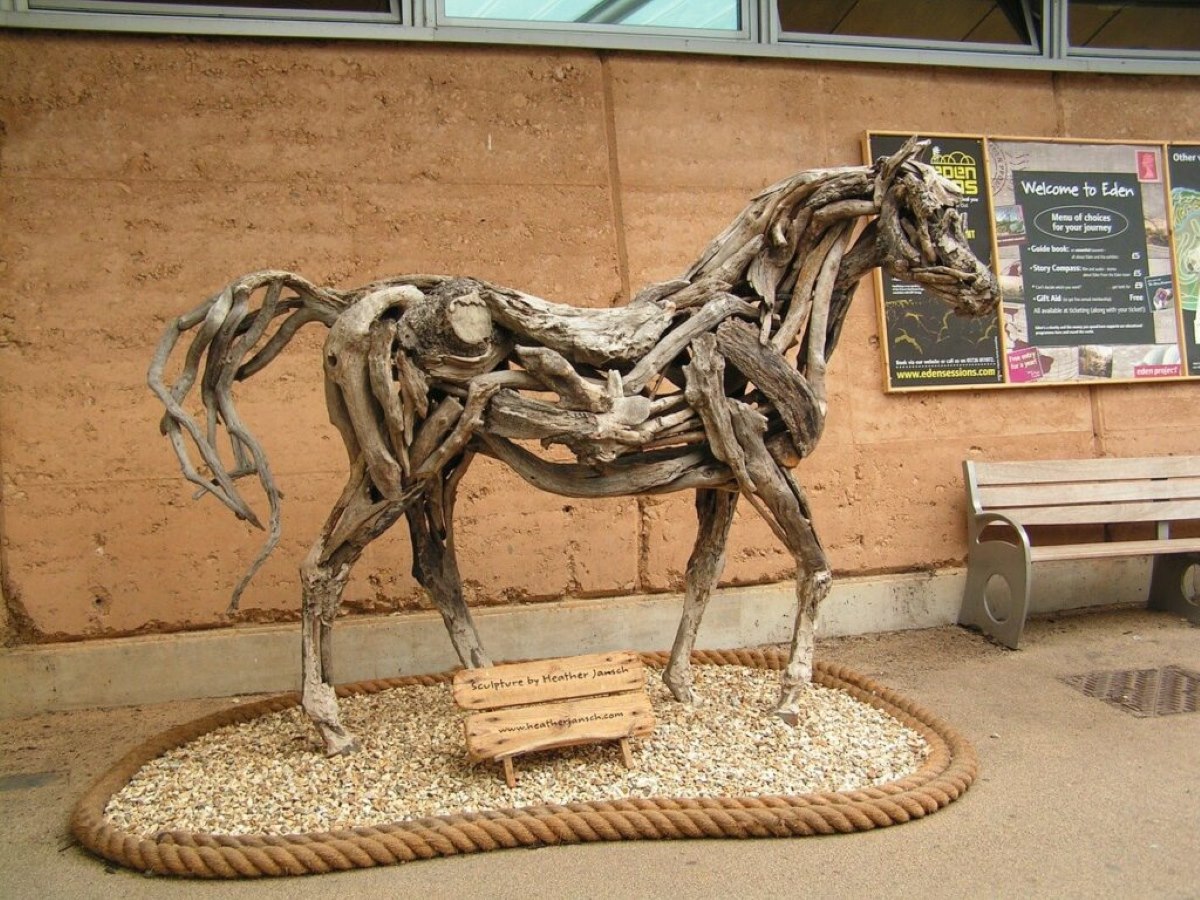
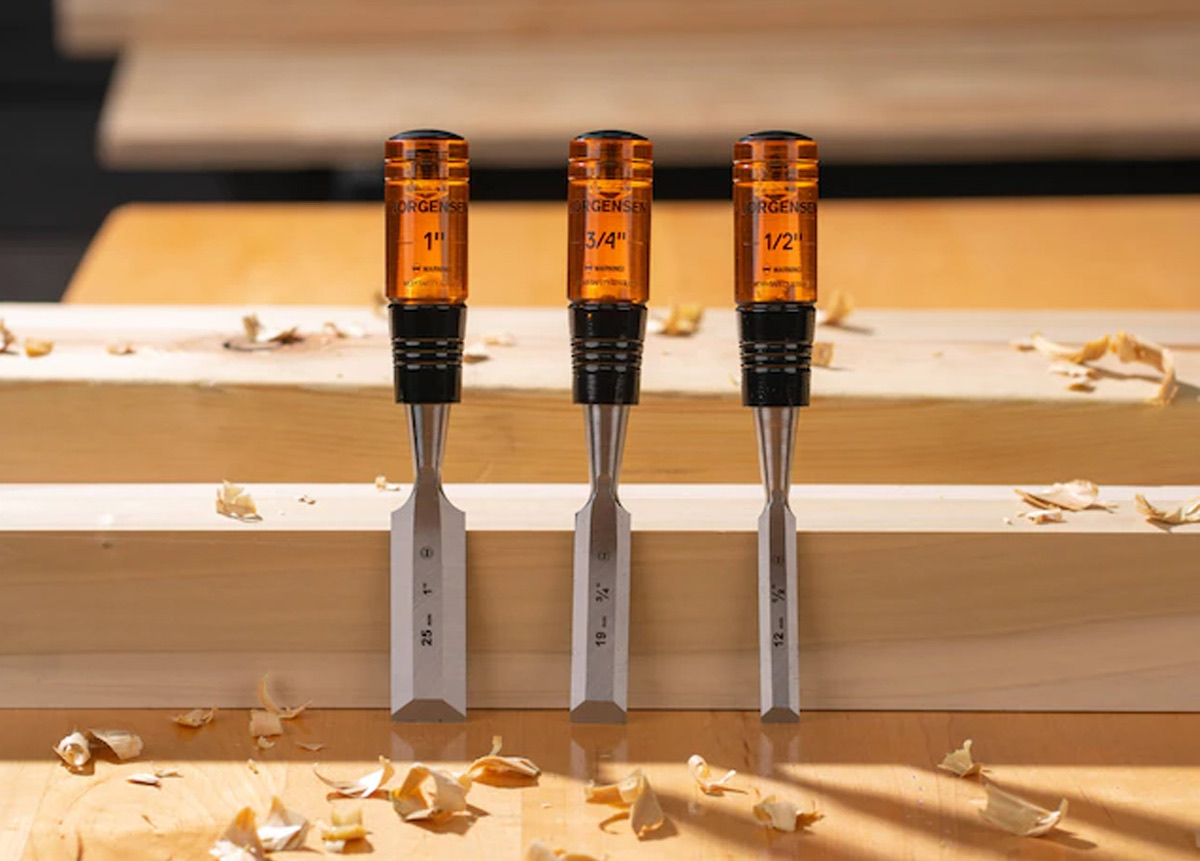
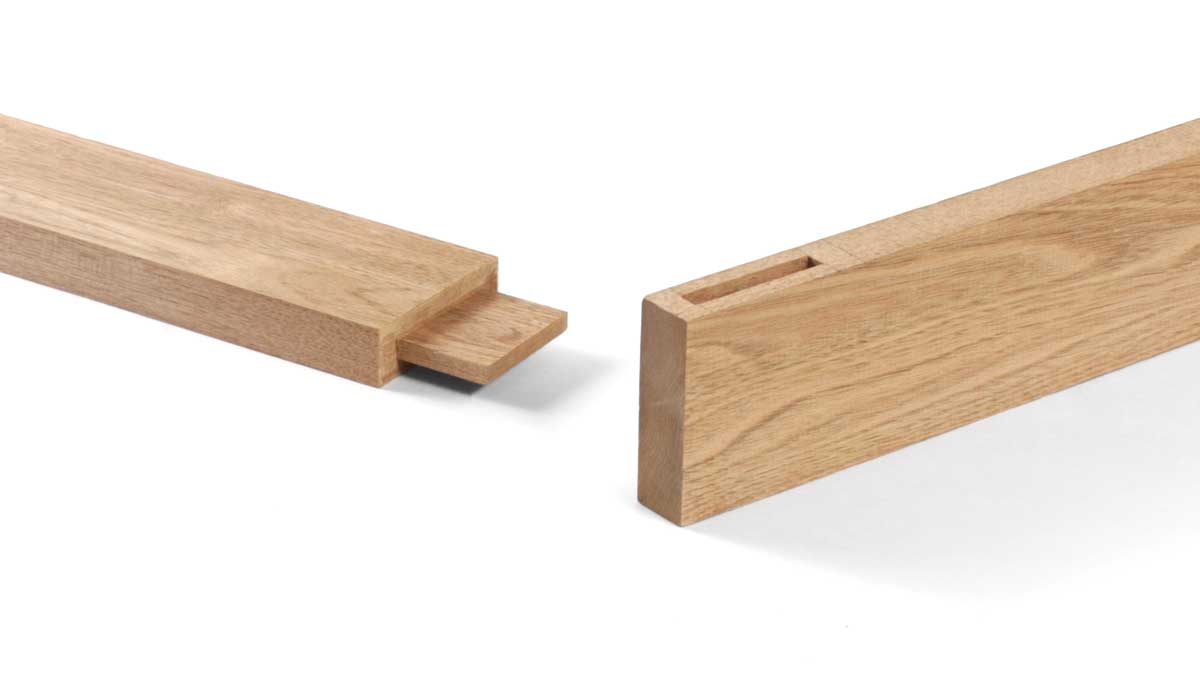
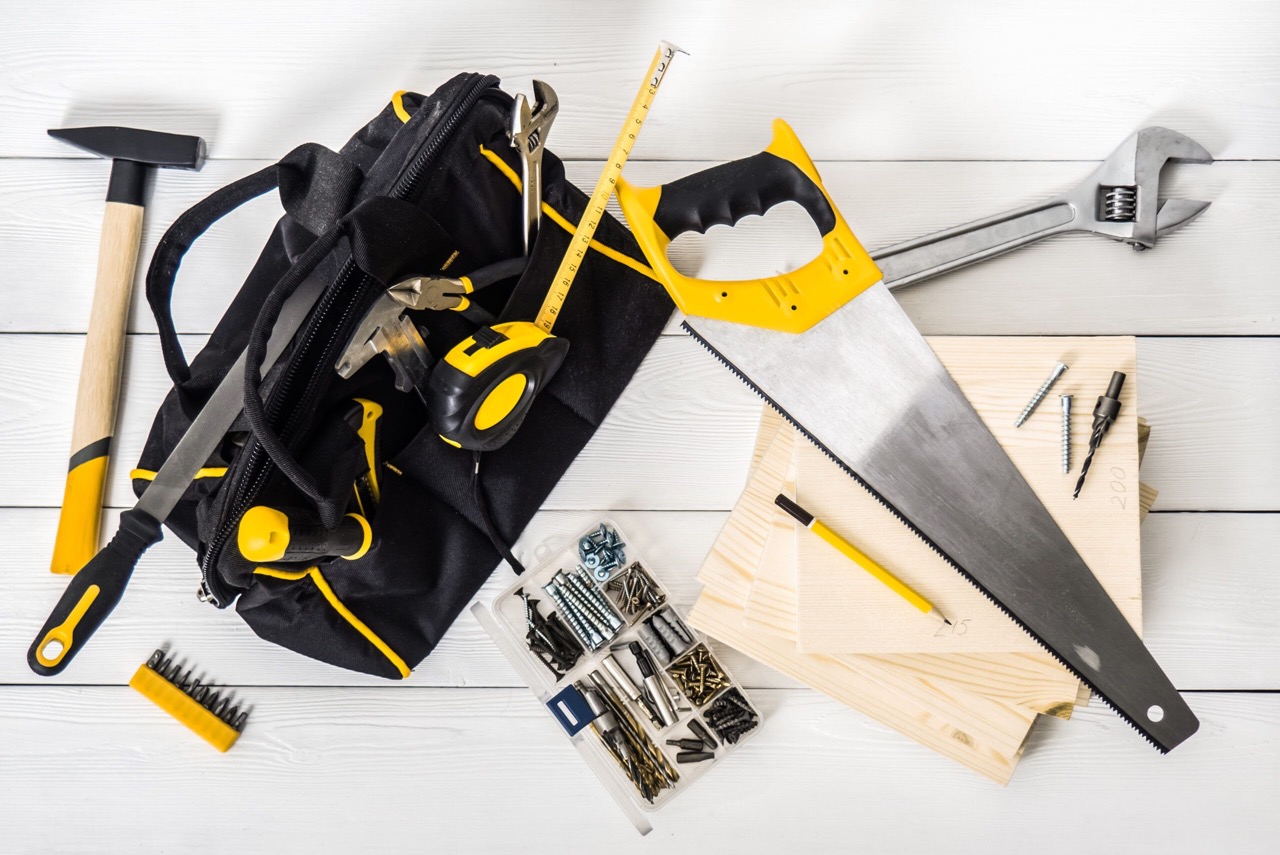
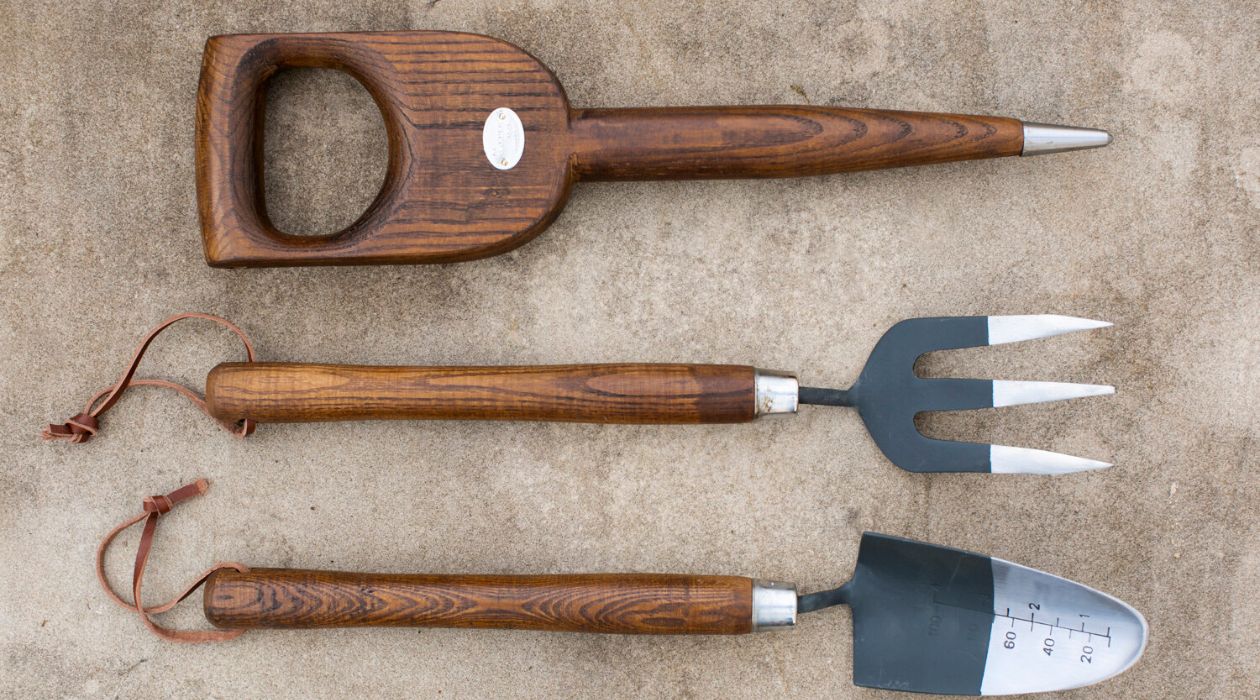

0 thoughts on “What Is A Dado In Woodworking”